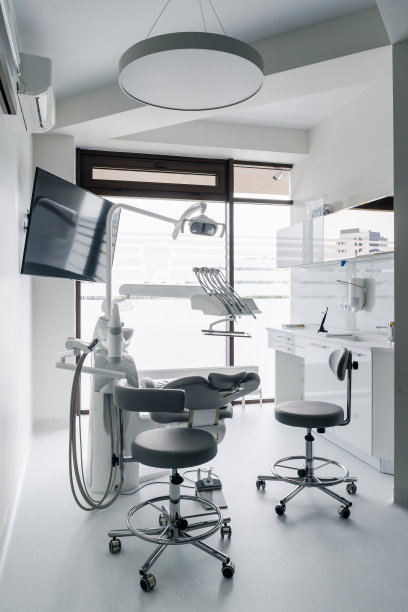The Essential Guide to Extract a Tooth Safely and Comfortably with Expert Tips and Aftercare Advice
Summary: Extracting a tooth can be a daunting experience, but with proper guidance, it can be done safely and comfortably. This essential guide outlines the crucial steps involved in tooth extraction, from preparation and the procedure to aftercare. Expert tips are woven throughout to ensure a smooth experience, addressing common concerns and strategies for minimizing discomfort. Emphasizing the importance of post-extraction care, the article also provides valuable insights on what to expect during recovery. By following these comprehensive guidelines, patients can navigate the tooth extraction process with confidence, ensuring both safety and comfort.
1. Preparing for the Tooth Extraction

Before heading to the dentist, proper preparation can make a significant difference. First and foremost, communicate openly with your dental professional about your medical history and any medications you are taking. This information helps the dentist tailor their approach to your specific needs, reducing the risk of complications during the procedure.
Additionally, consider discussing sedation options with your dentist. Depending on the complexity of the extraction and your own comfort level, different sedation methods may be available. Understanding these options can help alleviate anxiety and ensure a smoother extraction experience.
Lastly, ensure you have a reliable method of transportation arranged for after the extraction. If sedation is being used, you may not be fit to drive, making it essential to plan ahead for your journey home.
2. Understanding the Extraction Procedure
During the extraction, the dentist will begin by numbing the area surrounding the tooth. Local anesthesia is commonly used for this purpose, ensuring that you remain comfortable throughout the procedure. It is vital to express any discomfort during this stage so adjustments can be made.
Once the area is numb, the dentist will carefully loosen and remove the tooth. For more complex extractions, such as impacted wisdom teeth, surgical techniques may be employed. Throughout this process, the dentist will take care in utilizing tools and techniques that minimize discomfort, ensuring a safe extraction.
Dont hesitate to ask questions during the procedure. If you feel uncertain or anxious at any point, make your feelings known. Your dentist is there to help, and understanding what is happening can greatly reduce your fears.
3. Post-Extraction Care: Key Steps
After the extraction, proper aftercare is vital for healing. Initially, the dentist will provide you with gauze to bite on, helping to form a clot and minimize bleeding. Its crucial to follow their instructions regarding how long to keep the gauze in place.
Pain management is another critical consideration. Most dentists recommend over-the-counter pain relievers or may prescribe medication for more significant discomfort. Follow the dosage instructions closely, and do not exceed the recommended amounts.
Furthermore, be mindful of your diet in the days following the extraction. Consuming soft foods and avoiding hot liquids can help facilitate healing and minimize discomfort as your mouth recovers. Hydration is also important, so ensure you are drinking enough fluids throughout the day.
4. Anticipating Recovery and Potential Complications
Recovery from a tooth extraction usually takes a few days, but it can vary based on individual factors such as the complexity of the extraction and your overall health. Expect some swelling and bruising in the area, but these symptoms should gradually decrease within a couple of days.
Be on the lookout for any signs of complications, such as excessive bleeding, severe pain, or signs of infection like fever and pus discharge. If you experience any of these red flags, contact your dentist immediately for advice and potential intervention.
Lastly, scheduled follow-up visits are crucial. These appointments allow your dentist to gauge your recovery progress, checking for any unexpected developments that may arise during healing. Adhering to the aftercare advice and attending these visits helps ensure optimal recovery.
Summary:
Tooth extraction, while often necessary, can be done safely and comfortably when adequately prepared. Understanding the process, adhering to aftercare instructions, and maintaining open communication with your dental team plays a critical role in a positive experience. By following these guidelines, patients can ease their anxieties, anticipate a smooth recovery, and ultimately maintain their oral health effectively.
This article is compiled by Vickong Dental and the content is for reference only.


